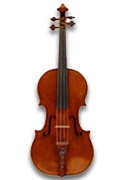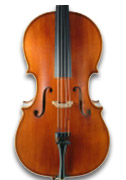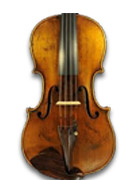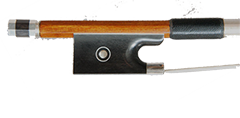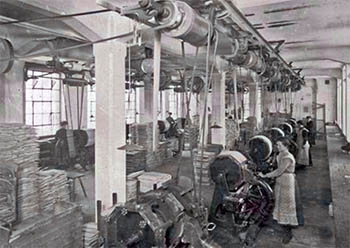The history of the German violin.
History of the German Violin: A Journey through Elegance and Craftsmanship.
The violin is a timeless instrument that has captured hearts and minds for centuries.
Its delicate curves and ethereal sound have made it a staple in classical music and a symbol of sophistication.
When we think of violins, one country that immediately springs to mind is Germany.
German violins have gained a reputation for their exceptional craftsmanship and rich tonal quality.
In this article, we will delve into the fascinating history of the German violin.
The roots of the German violin can be traced back to the 16th century when Italian luthiers migrated to Germany,
bringing with them their expertise in violin making. These craftsmen settled primarily in cities like
Nuremberg, Mittenwald, and Markneukirchen, which became renowned centers for violin production.
During the Baroque period (17th-18th century), German violin makers were heavily influenced by Italian masters such as Stradivari and Guarneri.
They adopted their techniques while adding their own unique touch to create instruments with distinct characteristics.
One prominent name in German violin making is Jacob Stainer.
Born in Absam, Austria, Stainer's violins are highly sought after even today due to their exceptional sound quality.
His instruments were known for their warm tone and exquisite workmanship.
In the 19th century, another influential figure emerged in the world of German violin making - Johann Gottfried Schuster.
Schuster focused on improving the construction methods of violins by experimenting with various materials and designs.
He introduced innovative techniques that enhanced both playability and resonance.
German luthiers also played an essential role in producing student-level instruments that were affordable yet maintained good quality.
The establishment of numerous workshops allowed for mass production while still adhering to high standards.
However, it was during World War II that German violin making faced significant challenges.
Many workshops were destroyed, and skilled craftsmen lost their lives.
The aftermath of the war saw a decline in German violin production, but the spirit of resilience prevailed.
The post-war period witnessed a resurgence in German violin making as luthiers rebuilt their workshops and continued to innovate.
Today, Germany is still home to many renowned violin makers who combine traditional techniques with modern advancements.
Their instruments are prized by musicians worldwide for their exceptional craftsmanship and tonal richness.
German violins are known for their warm and powerful sound, often exhibiting a darker tone compared to Italian instruments.
They offer versatility, enabling musicians to explore various musical genres with ease.
In conclusion, the history of the German violin is one of elegance and craftsmanship.
From the influence of Italian masters to the innovation of German luthiers, these instruments have stood the test of time.
Whether it's a professional-level instrument or a student model, German violins continue to captivate musicians with their beauty and exceptional sound quality.
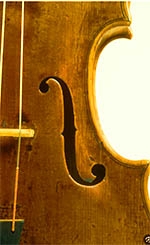 |








